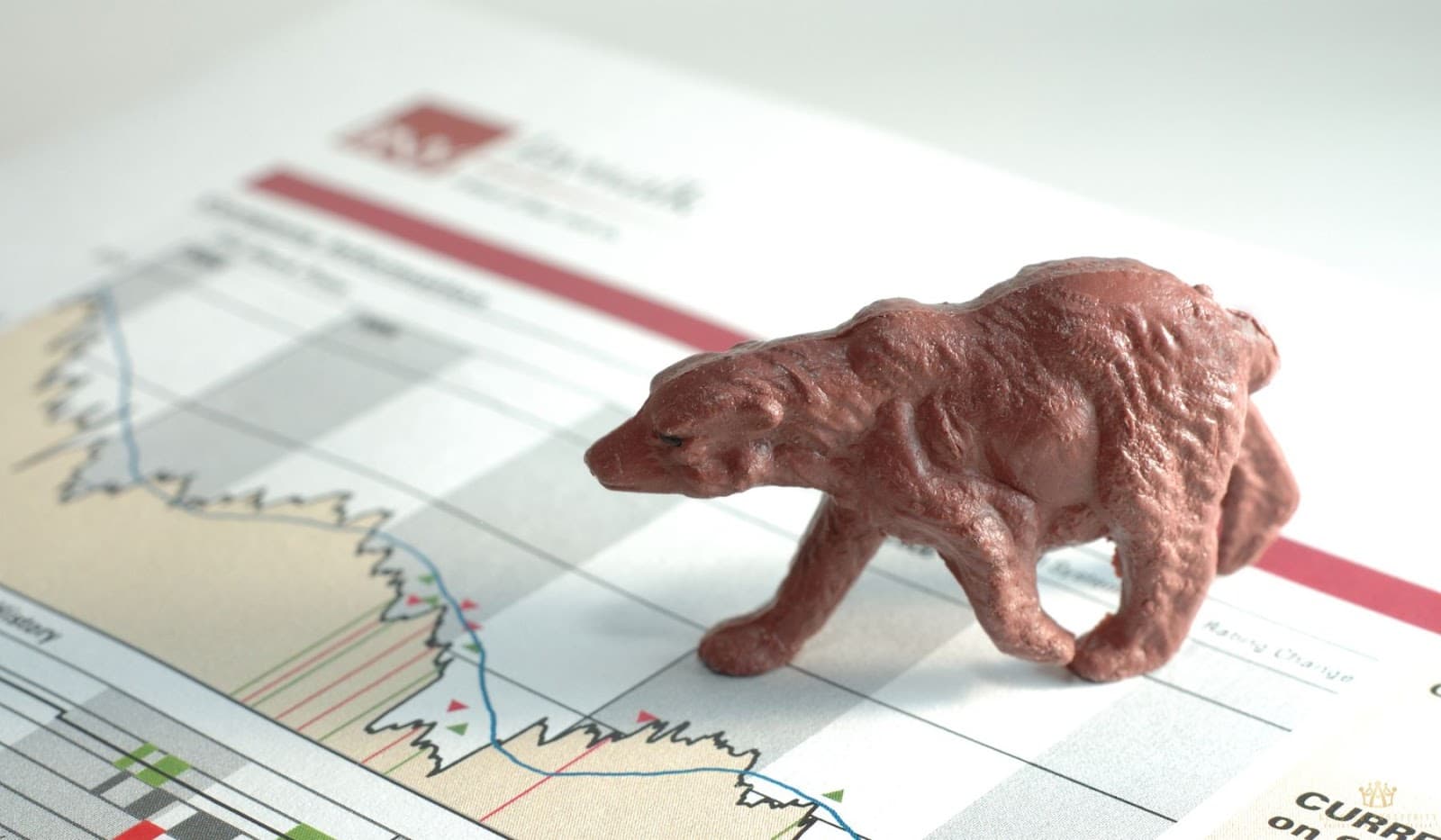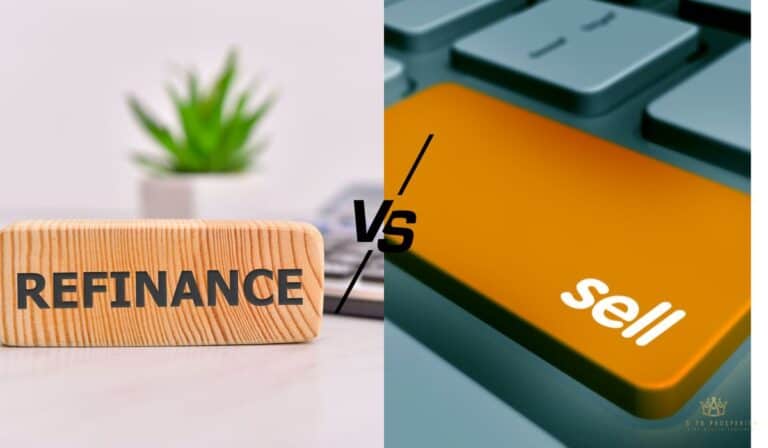
Did you know that mixing multiple vintage years can cut portfolio volatility in half?
That’s right! Research shows that vintage year diversification in commercial real estate portfolios can reduce volatility from approximately 13% for single-vintage portfolios to just 6.8% when using a four-vintage approach.
From our experience, nothing protects real estate portfolio value quite like spreading investments across different market entry points. Institutional investors have leveraged this strategy for decades, but now individual investors are catching on too.
This guide will show you exactly how to implement vintage year strategies to shield your investments from market volatility while optimizing for those risk-adjusted returns we’re all after.
Ready to transform your commercial real estate strategy? Our previous discussion on modern portfolio theory in commercial real estate laid the groundwork for understanding diversification principles.
This article builds on those concepts while setting the stage for our upcoming piece on portfolio performance benchmarking in commercial real estate.
Together, these resources form a comprehensive approach to developing a robust commercial real estate portfolio strategy that can withstand various market cycles.
Let’s start.
Short Summary
Vintage Year Diversification in Commercial Real Estate helps reduce portfolio volatility and balance risk across different market cycles.
Institutional investors use vintage year strategies to enhance returns and protect against economic downturns.
Spreading investments across multiple property types and market conditions strengthens long-term portfolio resilience.
Combining vintage year diversification with other strategies, like geographic and asset class diversification, improves overall risk-adjusted returns.
A well-diversified portfolio helps investors navigate market fluctuations while maintaining steady cash flow and asset appreciation.
Understanding Vintage Year Diversification In Commercial Real Estate

What Is A Vintage Year In Commercial Real Estate?
A vintage year refers to the year an investment fund or property acquisition is made. It matters because each year presents different economic conditions, interest rates, and market risks that impact long-term performance.
Think of it as a time stamp that defines the market environment at the moment of purchase.
How Vintage Years Correlate With Market Cycles
Market cycles run in phases: expansion, peak, contraction, and recovery. The year you invest can determine whether you’re buying at a premium or locking in a deal.
Institutional investors understand this well. They don’t commit all their capital in one year but spread investments across multiple vintage years to balance exposure.
For example, properties acquired in 2010, during a market recovery, saw high appreciation as the economy strengthened. On the other hand, assets purchased in 2007, right before the financial crisis, struggled with declining cash flow and lower asset values.
Why Returns Vary Across Vintage Years
Returns can be all over the place depending on when an investment is made. A single vintage year portfolio might experience strong growth or significant losses, but a well-diversified portfolio smooths out performance.
Data shows that diversifying across at least four vintage years can cut market volatility in half.
The Impact Of Vintage Year On Cash Flow And Value
Economic downturns can tighten rental markets and reduce property values, while boom years bring rent hikes and appreciation. A real estate portfolio built with multiple vintage years can handle these shifts better.
For instance, a multifamily complex bought in 2015 saw rental growth, but an office building acquired the same year struggled with remote work trends.
How Vintage Year Diversification Compares To Private Equity And Venture Capital
The concept isn’t unique to real estate. In private equity and venture capital, spreading investments across multiple vintage years is standard practice to manage risk and improve risk-adjusted returns.
The same principle applies here. Invest across different years, and you’re less exposed to the highs and lows of a single market cycle.
By understanding vintage year diversification in commercial real estate portfolios, investors can take a strategic, long-term approach that smooths out risks and maximizes potential returns.
Why Institutional Investors Prioritize Vintage Year Strategies
Institutional investors, such as pension funds, insurance companies, and limited partners, take a strategic approach to vintage year diversification to manage risk and optimize returns.
They don’t just invest in one year and hope for the best. They spread investments across multiple years to balance market fluctuations.
Let’s break down why this strategy is so essential.
How Institutional Investors Approach Vintage Year Diversification
Rather than going all-in during a single market cycle, institutions invest gradually over time. This method:
- Reduces exposure to sudden market downturns.
- Balances out performance inconsistencies across market cycles.
- Helps maintain risk-adjusted returns in both strong and weak economies.
For example, a real estate investment fund that allocated capital steadily from 2010 to 2014 likely saw more stable growth than one that committed everything in 2007.
Risk-Adjusted Returns: Diversified Portfolios Vs. Single Vintage Investments
Data supports this approach. A single vintage year portfolio can experience volatility as high as 13%, while a portfolio diversified across multiple vintage years sees fluctuations reduced to around 6-7%.
This means investors experience fewer extreme highs and lows, leading to steadier, more predictable returns.

Weathering Bear Markets And Economic Downturns
No investor wants to get caught in a downturn with all their capital exposed. Spreading investments across different vintage years allows institutional investors to:
- Absorb losses from underperforming years while benefiting from strong ones.
- Take advantage of market corrections by buying undervalued real estate assets.
- Maintain consistent cash flow even during recessions.
Performance Benefits Across Different Market Environments
Different years bring different economic conditions. By diversifying, institutional investors ensure that:
- Properties bought in weaker years appreciate when markets recover.
- Acquisitions during strong years generate solid income streams upfront.
- Overall portfolio performance remains stable despite external shifts.
Reducing Risk Without Sacrificing Returns
A well-planned vintage year strategy lowers risk while keeping return potential high. It spreads exposure across different economic conditions, ensuring long-term growth rather than short-term speculation.
The Link Between Vintage Year Diversification And Manager Selection
The right investment manager plays a huge role in making vintage year diversification successful. Experienced managers:
- Know when to deploy capital based on market conditions.
- Select properties that align with long-term real estate portfolio strategy.
- Adjust acquisition timing to maximize returns.
For institutional investors, vintage year diversification is a time-tested strategy that enhances portfolio performance while reducing exposure to unpredictable market swings.
Implementing Vintage Year Diversification Across Property Types
Spreading capital across multiple vintage years is a smart way to manage risk and maximize returns, but property type matters just as much as timing.
Different asset classes perform differently across market cycles, requiring a tailored approach to vintage year diversification. Let’s look at key strategies for optimizing investment timing and allocation.
Strategies For Diversifying Across Vintage Years
A well-structured vintage year strategy involves:
- Allocating capital steadily over multiple years rather than making a single large investment.
- Adjusting acquisition timing based on market cycles and property sector performance.
- Using a mix of core real estate investments and alternative assets to create balance.
For instance, if the market is overheating, investors may choose to slow down acquisitions and wait for better pricing conditions.
Optimal Investment Periods By Property Type
Not all commercial real estate sectors respond the same way to economic shifts. Some rebound faster, while others take years to recover. Here’s how different property types align with market timing:
- Office & Retail: Best acquired during downturns when occupancy is low but set to recover.
- Industrial: Can be purchased in both bull and bear markets due to steady demand.
- Multifamily: More resilient in recessions, but cap rates are often better in early recovery periods.
From our experience, the best opportunities come from knowing when to buy, not just what to buy.

Core Real Estate Vs. Alternative Investments
Core assets (stabilized, income-generating properties) provide steady returns but may lack upside in strong markets.
Alternative real estate investments, like distressed properties or niche sectors (e.g., data centers), often benefit from timing mismatches and can enhance portfolio growth when integrated with a vintage year diversification approach.
Allocating Capital Between Public And Private Markets
Balancing exposure between public markets (REITs, traded funds) and private markets (direct real estate investments) can improve portfolio performance. Key considerations include:
- Liquidity: Public assets are easier to sell, while private holdings require a longer commitment.
- Volatility: Public markets react faster to economic swings, while private assets smooth out returns.
- Access: Private investments often have higher entry barriers but offer better risk-adjusted returns over time.
Considering Local Market Conditions
No vintage year strategy works without understanding local market trends. Factors like job growth, supply-demand imbalances, and regional economic health all impact investment success.
For example, buying office space in a struggling downtown district may not yield the same returns as acquiring industrial properties in a growing logistics hub.
Practical Approaches For Institutional And Individual Investors
Whether managing a pension fund or a personal portfolio, investors can implement vintage year diversification by:
- Institutional investors: Spreading capital across multiple asset classes and regions while working with specialized managers.
- Individual investors: Using syndications, REITs, and private markets to access different vintage years at varying investment levels.
Timing is an important part of building a resilient commercial real estate portfolio strategy. However, consistency, flexibility, and strategic diversification across vintage years and property types is also up there in terms of importance.
Building A Resilient Portfolio Through Diversification Options
A strong commercial real estate portfolio strategy isn’t built on a single approach. While vintage year diversification helps smooth out market fluctuations, it works best when combined with other strategies like asset class, geographic, and property type diversification.
The goal is to minimize risk while maximizing growth potential.
Comparing Vintage Year Diversification With Other Strategies
Diversification takes many forms. Here’s how vintage year diversification stacks up against other key strategies:
- Asset Class Diversification: Spreading investments across equities, bonds, and real estate reduces reliance on any single market.
- Geographic Diversification: Investing in multiple regions mitigates location-specific risks, like regulatory changes or economic downturns.
- Property Type Diversification: Owning a mix of office, retail, industrial, and multifamily assets helps balance income stability and capital appreciation.
Each strategy plays a role, but combining them amplifies the benefits.
Balancing A Portfolio With Equities, Bonds, And Hedge Funds
A well-rounded portfolio doesn’t rely solely on commercial real estate. Integrating global equities, bonds, and hedge funds creates stability across different economic environments:
- Equities: Offer long-term growth but come with volatility.
- Bonds: Provide steady income and act as a hedge against stock market fluctuations.
- Hedge Funds: Can add downside protection with alternative investment strategies.
Allocating capital strategically across these assets ensures a diversified portfolio that can withstand market shifts.

Protecting Against Downside Risk With Vintage Year Allocation
Spreading investments across multiple vintage years significantly lowers risk. For example, investing in a single year could expose you to an economic downturn, while staggering investments over four years cuts volatility nearly in half.
This approach reduces the impact of market cycles, ensuring more stable returns over time.
Avoiding Lump Sum Investing: The Smarter Approach
Investing everything at once can backfire if the market turns. A better strategy is dollar-cost averaging: spreading capital over several years to capture different market conditions.
This approach:
- Reduces timing risk by averaging entry points.
- Ensures capital is deployed during both strong and weak markets.
- Provides flexibility to adjust allocations based on performance.
From our experience, investors who stagger their commitments tend to see more consistent returns.
Monitoring And Adjusting Based On Market Conditions
Markets evolve, and so should your vintage year strategy. Key adjustments include:
- Increasing allocations to undervalued property types during downturns.
- Rebalancing between public markets and private markets based on liquidity needs.
- Watching economic indicators like interest rates and employment trends to guide future investments.
Successful investors stay proactive, not reactive.
Examples Of Portfolios That Have Withstood Market Cycles
History proves the power of diversification. Take the pension funds that survived the 2008 financial crisis. Those with a blend of commercial real estate, equities, and bonds recovered faster than those concentrated in one asset class.
Similarly, real estate funds that spread capital across multiple vintage years during the early 2000s saw reduced losses compared to those that went all-in on peak-year acquisitions.
A resilient commercial real estate portfolio is more about long-term stability rather than chasing short-term gains. Long-term stability, strategic diversification, and adapting to market changes with confidence are the cornerstones of a resilient portfolio.
Final Thoughts
Building a strong commercial real estate portfolio takes strategy, patience, and smart diversification. Spreading investments across vintage years, property types, and markets helps manage risk while keeping returns steady. Market conditions will change, but a well-balanced approach ensures long-term stability. Ready to refine your investment strategy? Explore more insights and opportunities on our homepage.
Frequently Asked Questions
What Is Vintage Year Diversification In Commercial Real Estate?
Vintage year diversification involves investing in properties over multiple years rather than in a single period. This strategy helps reduce risk by spreading exposure across different market cycles, leading to more stable returns.
How Does Vintage Year Diversification Help During Economic Downturns?
Investing across multiple years ensures that not all assets are acquired during peak market conditions. This approach balances risk by including properties bought in both strong and weak markets, providing protection against downturns.
What Types Of Investors Benefit From Vintage Year Diversification?
Both institutional investors, like pension funds, and individual investors can benefit. Spreading investments over time improves portfolio stability and aligns with long-term financial goals.
How Can Investors Apply Vintage Year Diversification In Real Estate?
Investors can stagger capital commitments across different years, mix core and alternative assets, and monitor market conditions to adjust their strategy. A well-planned approach ensures steady growth and lower portfolio volatility.






